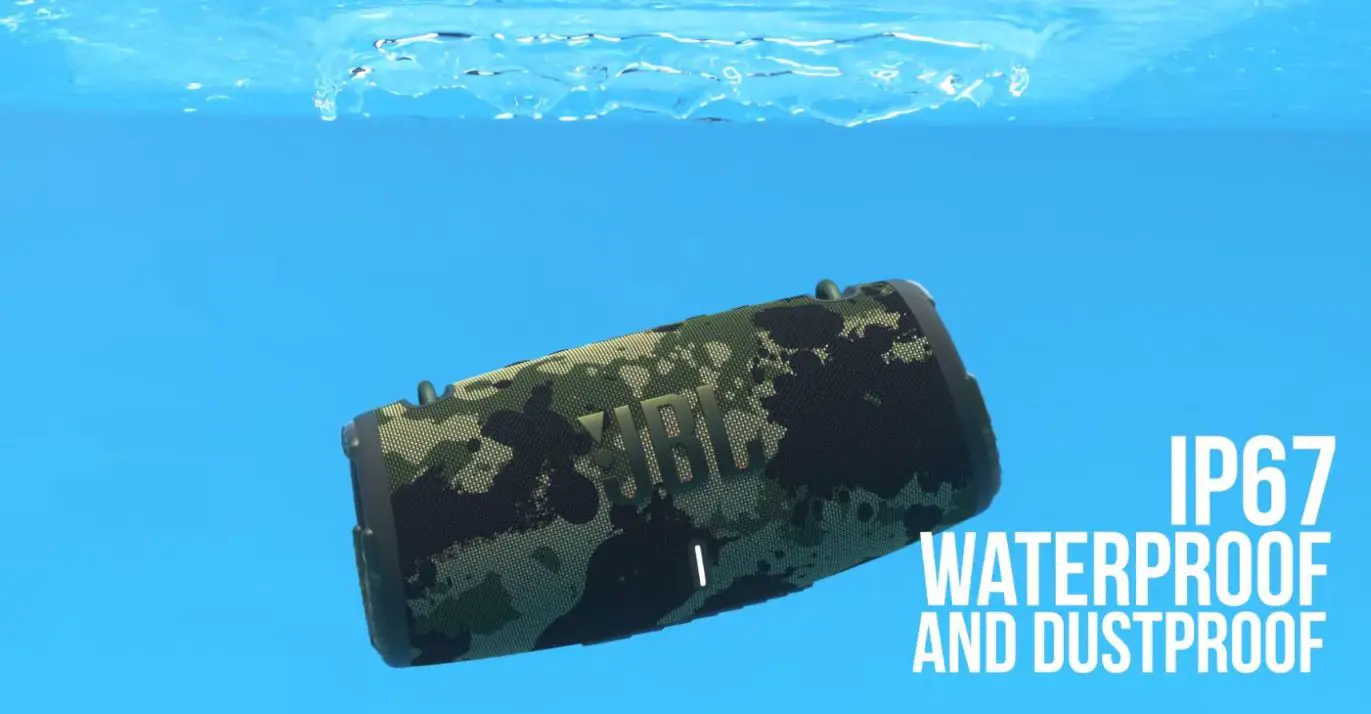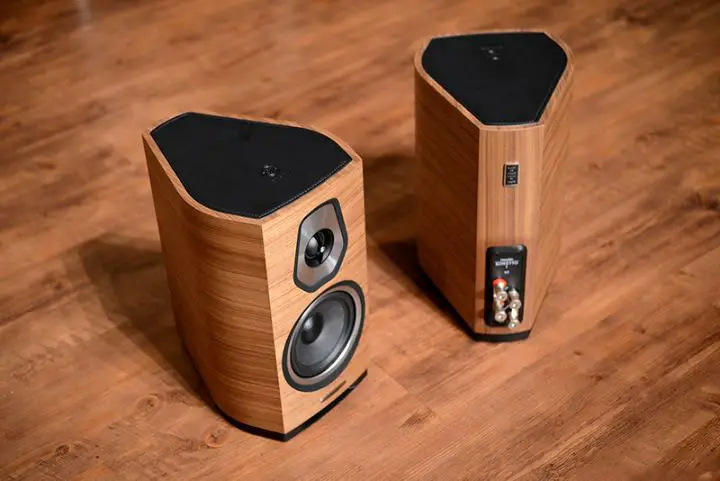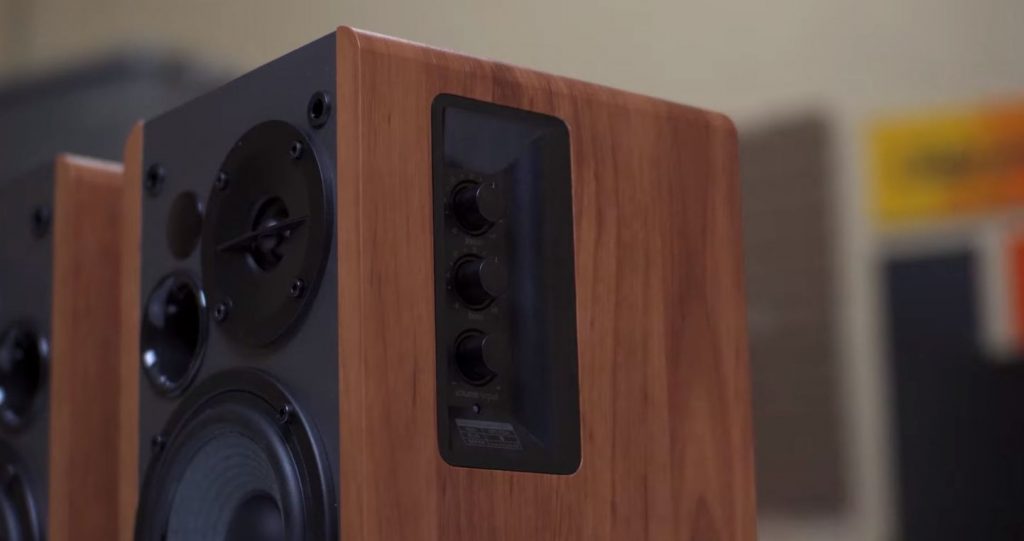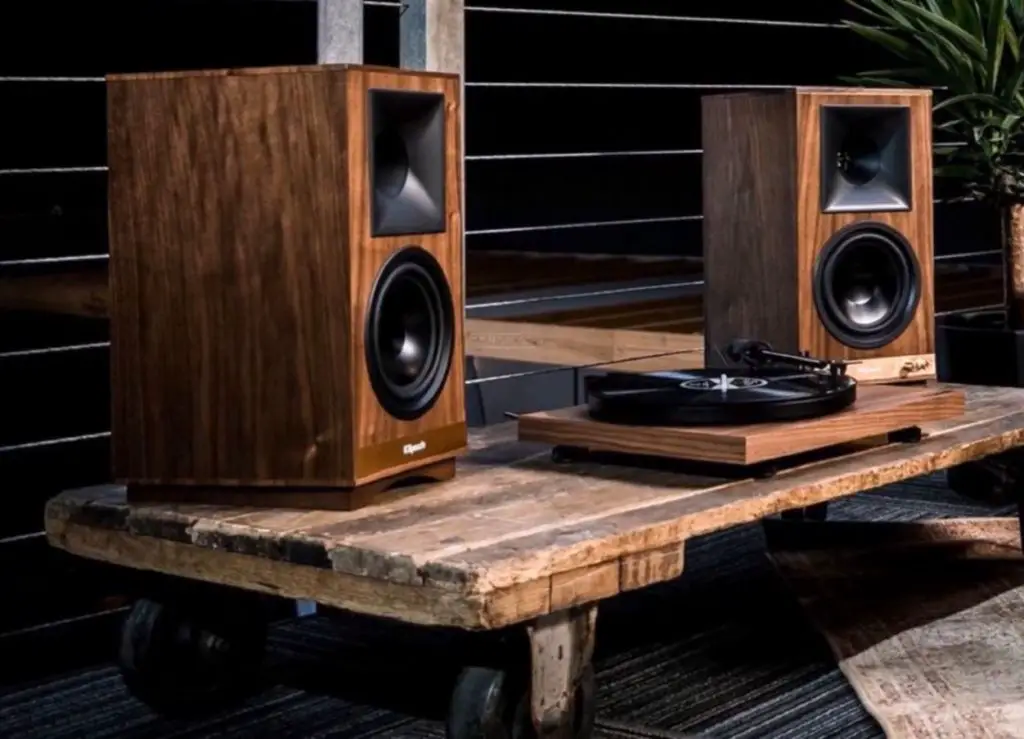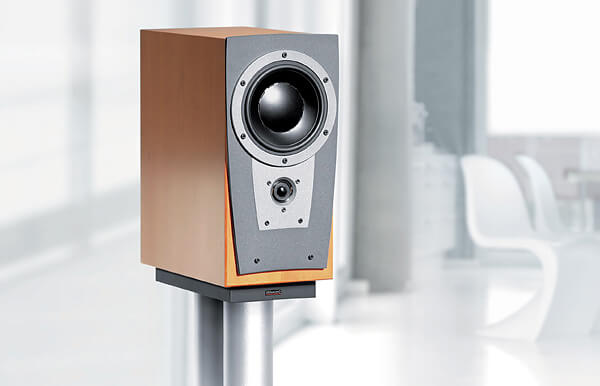How to Protect the Speakers from Wetness/Moisture?
Moisture can be very damaging to speakers, as it can cause rust and other forms of corrosion that can damage the internal components. This can cause the speakers to malfunction, leading to poor sound quality or even complete failure. To protect your speakers from moisture, it’s important to take a few precautions.
By keeping your speakers away from sources of moisture, using a dehumidifier, and avoiding exposing them to extreme temperatures, you can help ensure that your speakers remain in good working condition. Additionally, using a waterproof cover or case and regularly inspecting your speakers for moisture damage can also help protect them. By following these tips, you can help ensure that your speakers continue to provide high-quality sound for years to come. And here some detailed guidelines on how to protect the speaker from wetness/moisture.
Keep Speakers Away From Sources of Moisture
Keeping your speakers away from sources of moisture is an important step in protecting them from damage. This is because moisture can easily damage the internal components of speakers, leading to poor sound quality or even complete failure.
To keep your speakers away from sources of moisture, first, make sure that the room or area where you are using your speakers is free from sources of moisture. This could include windows, plants, and sinks. Additionally, consider using a dehumidifier to help remove moisture from the air.
Next, avoid placing your speakers near sources of moisture, such as a bathroom or a kitchen sink. If you are using your speakers outdoors, make sure they are not placed near sources of moisture, such as a pool or a fountain.
Additionally, avoid exposing your speakers to extreme temperatures, as this can cause moisture to condense on the surface of the speaker. If you are using your speakers outdoors in cold weather, consider storing them in a warm, dry place when they are not in use.
Use a Dehumidifier
A dehumidifier is a device that can help protect your speakers from moisture by reducing the amount of moisture in the air. This can be particularly useful in damp or humid environments, such as basements or bathrooms, where moisture can easily accumulate.
To use a dehumidifier to protect your speakers from moisture, first, make sure that the device is sized appropriately for the space where you will be using it. A dehumidifier that is too small will not be effective at removing moisture from the air, while one that is too large may waste energy and cost more to operate.
Next, place the dehumidifier in the same room as your speakers, making sure that it is positioned in a location where it can effectively remove moisture from the air. This may involve placing the dehumidifier near a window or other source of fresh air to help it operate more efficiently.
Once the dehumidifier is in place, turn it on and set the desired level of humidity. Most dehumidifiers have a built-in humidity sensor that will automatically adjust the level of moisture in the air to maintain the desired humidity level.
As the dehumidifier removes moisture from the air, it will help prevent condensation from forming on the surface of your speakers. This can help protect the internal components of your speakers from moisture damage and ensure that they continue to provide high-quality sound.
Place Speakers on a Dry/Stable Surface
Placing your speakers on a dry, stable surface is an important step in protecting them from moisture. This is because speakers can easily become damaged by moisture if they are placed on a wet or unstable surface.
For example, if you are using your speakers outdoors, it’s important to make sure that they are placed on a dry, stable surface. This could be a table, a bench, or a speaker stand. Avoid placing your speakers directly on the ground, as this can expose them to moisture from the soil.
Additionally, if you are using your speakers in a room that is prone to moisture, such as a bathroom or a basement, make sure that they are placed on a dry, stable surface. This could be a shelf or a table that is elevated above the floor.
When placing your speakers on a dry, stable surface, it’s also important to consider the type of surface they are on. Hard surfaces, such as wood or concrete, can transmit vibrations from the speakers, which can cause the sound to become distorted. To avoid this, you can use a speaker pad or other type of sound-absorbing material to cushion the speakers and reduce vibrations.
By following these steps, you can help protect your speakers from moisture and keep them functioning properly. Additionally, placing your speakers on a dry, stable surface can help improve the quality of the sound they produce by reducing vibrations and distortion.
Store Speakers in a Dry/Cool place
Storing your speakers in a dry, cool place is an important step in protecting them from moisture. This is because moisture can easily damage the internal components of speakers, leading to poor sound quality or even complete failure.
To store your speakers in a dry, cool place, first, make sure that the room or area where you will be storing them is free from sources of moisture. This could include windows, plants, and sinks. Additionally, consider using a dehumidifier to help remove moisture from the air.
Next, choose a location to store your speakers that is cool and dry. This could be a closet, a storage room, or a shelf that is not exposed to direct sunlight or extreme temperatures. Avoid storing your speakers in damp or humid environments, such as basements or bathrooms, as this can cause moisture to accumulate on the surface of the speaker.
When storing your speakers, make sure that they are placed in a stable, upright position. Avoid stacking heavy objects on top of your speakers, as this can damage the internal components. Additionally, consider using a protective cover or case for your speakers to help prevent dust and other debris from accumulating on the surface.
By following these steps, you can help protect your speakers from moisture and keep them functioning properly. Additionally, storing your speakers in a dry, cool place can help extend their lifespan by preventing moisture damage and other forms of wear and tear.
Avoid Exposing Speakers to Extreme Temperatures
Avoiding exposing your speakers to extreme temperatures is an important step in protecting them from moisture. This is because extreme temperatures can cause moisture to condense on the surface of the speaker, leading to damage to the internal components.
To avoid exposing your speakers to extreme temperatures, first, make sure that the room or area where you are using your speakers is not too hot or too cold. A comfortable room temperature of around 70-75 degrees Fahrenheit is generally considered to be ideal for speakers.
Next, avoid exposing your speakers to direct sunlight or other sources of heat. This can cause the temperature of the speaker to rise, leading to the formation of moisture on the surface. If you are using your speakers outdoors, consider placing them in a shaded area to help protect them from the sun.
Additionally, avoid exposing your speakers to extremely cold temperatures. This can cause moisture to condense on the surface of the speaker, leading to damage to the internal components. If you are using your speakers outdoors in cold weather, consider storing them in a warm, dry place when they are not in use.
Use a Waterproof Cover or Case
Using a waterproof cover or case for your speakers is an effective way to protect them from moisture. This is because a waterproof cover or case can help prevent moisture from coming into contact with the surface of the speaker, protecting the internal components from damage.
To use a waterproof cover or case for your speakers, first, choose a cover or case that is specifically designed for your type of speaker. This will ensure that the cover or case fits your speakers properly and provides the necessary protection from moisture.
Next, place your speakers inside the waterproof cover or case, making sure that they are securely sealed. Most waterproof covers and cases have zippers, Velcro, or other types of fasteners to keep the speakers securely enclosed.
Once your speakers are inside the waterproof cover or case, you can use them as you normally would. The waterproof cover or case will protect your speakers from moisture, making it safe to use them outdoors or in other damp or humid environments.
Turn Off and Dry Wet Speakers Immediately
Turning off and drying wet speakers immediately is an important step in protecting them from moisture damage. This is because moisture can quickly damage the internal components of speakers, leading to poor sound quality or even complete failure.
To turn off and dry wet speakers immediately, first, make sure that you unplug your speakers from any power source. This will help prevent electrical damage to the speakers if they come into contact with moisture.
Next, carefully remove the speakers from the source of moisture. If the speakers are submerged in water, use a towel or other absorbent material to gently blot the surface of the speakers to remove as much moisture as possible. Avoid using excessive force or rubbing the speakers vigorously, as this can cause damage to the internal components.
Once the surface of the speakers is as dry as possible, place them in a warm, dry location to continue drying. Avoid exposing the speakers to heat sources, such as a hair dryer or a heating vent, as this can cause further damage.
As the speakers continue to dry, periodically check for any signs of moisture damage, such as rust or discoloration. If you notice any damage, consider having the speakers serviced by a professional.
By turning off and drying wet speakers immediately, you can help protect them from moisture damage and keep them functioning properly. Additionally, taking quick action can help prevent further damage and extend the lifespan of your speakers.
Inspect Speakers Regularly for Moisture Damage
Inspecting your speakers regularly for moisture damage is an important step in protecting them from moisture. This is because moisture can cause rust and other forms of corrosion that can damage the internal components of speakers, leading to poor sound quality or even complete failure.
To inspect your speakers for moisture damage, first, carefully examine the surface of the speakers for any signs of rust or discoloration. Moisture damage often appears as rust, which can be reddish-brown in color and may feel rough or flaky to the touch.
Next, look for any other signs of moisture damage, such as swelling or warping of the speaker casing, or any changes in the sound quality of the speakers. Moisture damage can cause the speakers to produce distorted or muffled sounds, or to stop working altogether.
If you notice any signs of moisture damage on your speakers, consider having them serviced by a professional. A qualified technician will be able to diagnose the problem and recommend the appropriate repair or replacement of any damaged components.
Conclusion
In conclusion, there are several steps you can take to protect your speakers from moisture and keep them functioning properly. These steps include keeping your speakers away from sources of moisture, using a dehumidifier to remove moisture from the air, placing your speakers on a dry, stable surface, storing your speakers in a dry, cool place, avoiding exposing your speakers to extreme temperatures, using a waterproof cover or case for your speakers, and inspecting your speakers regularly for moisture damage. By following these steps, you can help protect your speakers from moisture and keep them sounding their best.
